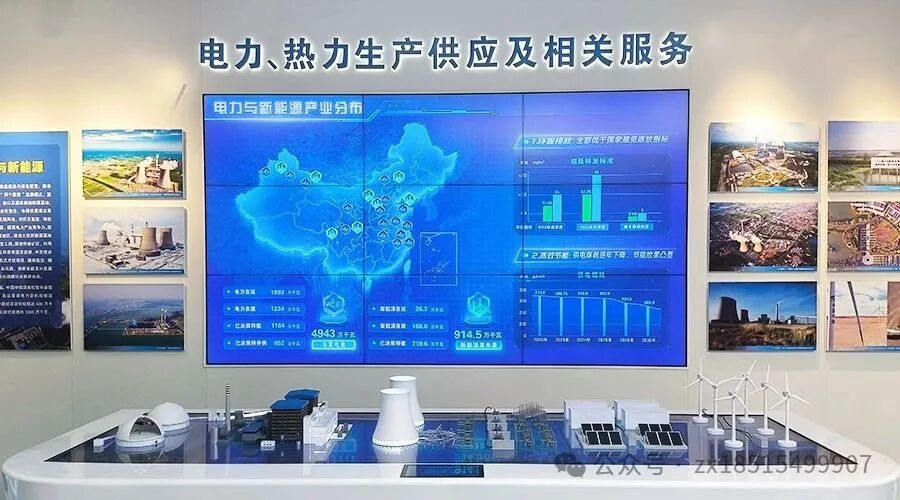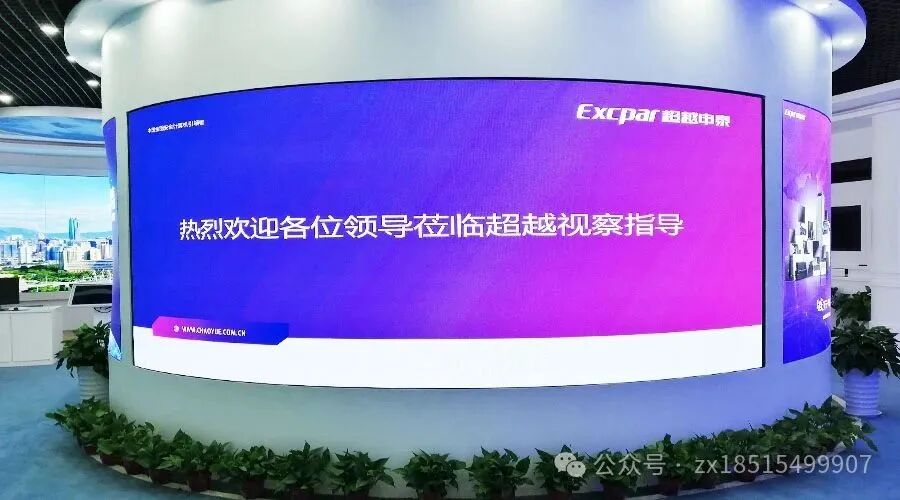We all know that LED and LCD are two main large screen display technologies. So what are the differences between LED large screens and LCD large screens? What are their differences in terms of light-emitting principles and display effects? What are the advantages and disadvantages of each? To answer these questions, we first need to understand their specific differences and display characteristics, and then decide which one to use based on our application.
First, the conclusion: LED large screens and LCD large screens differ mainly in three aspects: different application environments, different display effects, and different uses.

1.Differences in Application Environments
First, the light-emitting technologies of LED large screens and LCD large screens are different, which directly leads to significant differences in their application environments. LED large screens are made of LED lamp beads and can be used in outdoor environments with some waterproof measures. They can be used both indoors and outdoors.
On the other hand, LCD large screens use liquid crystal technology, similar to televisions, and are electronic screens that are not waterproof and can only be installed indoors.
Therefore, the first difference between LED large screens and LCD large screens is that LCD can only be used indoors, while LED can be used both indoors and outdoors, making its usage not limited by the installation environment.

2.Differences in Display Effects
The different light-emitting principles also directly lead to differences in display effects between LED large screens and LCD large screens, specifically reflected in the following aspects.
1: Different Clarity
LCD large screens have higher clarity than LED large screens. The reason is that LCD is a liquid crystal screen, and the resolution of a single screen can reach 2K HD, while the resolution of LED large screens varies based on the pixel pitch. Smaller pixel pitches yield higher resolutions, but overall, they do not reach the resolution of LCD large screens, resulting in differences in clarity performance.
2: Different Brightness
There is also a significant difference in brightness between LED large screens and LCD large screens. In comparison, LED large screens have higher brightness, which is one of the main reasons they can be used outdoors. The higher the brightness, the less reflection there is when facing strong light.

3.Differences in Usage
There are also significant differences in the usage of LED large screens and LCD large screens, which are mainly determined by their different display characteristics and properties. LED large screens are waterproof, sun-proof, and have high brightness, with no visible seams after splicing, making them suitable for outdoor advertising, large indoor meetings, exhibition halls, and large data displays.
On the other hand, LCD large screens are high-definition and stable, so they are mainly used in indoor monitoring rooms, command centers, small to medium-sized meetings, and corporate multimedia exhibition halls.
Additionally, there are some differences in pricing methods, maintenance, and installation between LED large screens and LCD large screens. However, they also share a commonality: both can achieve a large screen display system through splicing, so the specific choice depends on our intended use.
#LED large screen #LCD large screen #large screen #LED display screen #LCD splicing screen #liquid crystal splicing screen

Professional provider of: LED display screens / splicing screens / COB / transparent screens / conference tablets / advertising machines

Long press to recognize the QR code to consult customer service on WeChat.